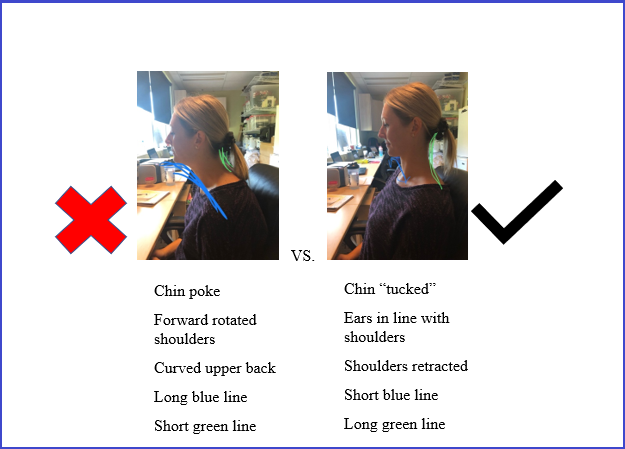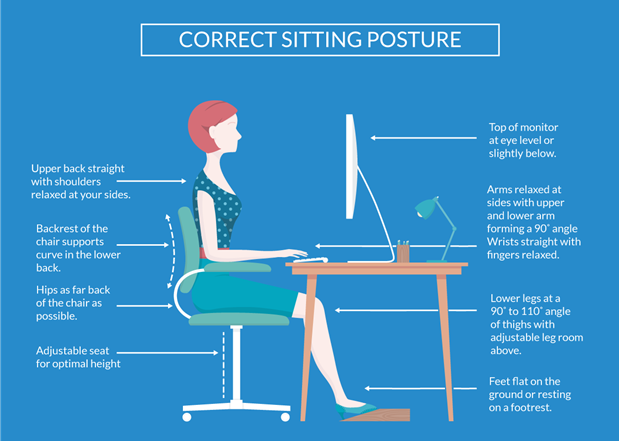In recent months, society has seen an increase in people working from home and, as a result, physiotherapy offices in Calgary have seen an increase in people struggling with neck and back pain. Other symptoms can include increased shoulder and arm pain, hip and leg pain, and numbness and tingling episodes. If this sounds like something you have been struggling with, you may want to visit one of our 9 physiotherapy offices - we have locations in Calgary SW, SE, NE, NW to better serve our patients.
Physiotherapy Assessment and Treatment
You may not consider that your new “at home office” and change in office ergonomic setup may be contributing to your pain and dysfunction. Attending a physiotherapy assessment and treatment can help you get to the root of your pain and help you come up with a plan for recovery.
Treatments can include:
- Education on your diagnosis, activity modifications, work ergonomic setups, etc.
- Manual therapy
- Myofascial and muscle release techniques
- Spinal and peripheral joint mobilization
- Acupuncture or Dry Needling/Intramuscular Stimulation (IMS)
- Therapeutic and pain relief modalities (i.e. ultrasound, TENS machines)
- Bracing/Taping
- Individualized therapeutic home exercise program (including postural muscle endurance exercises)
Postural Refinement
There is no one perfect posture, however, you can achieve an improvement in muscle balance by doing exercises like stretching and strengthening. For example, if you are experiencing neck pain you will want to stretch out your pectoral and neck muscles and strengthen your deep neck flexors and midback/scapular muscles.
A common phrase in physiotherapy is “your next move is your best move”, meaning your body is not meant to remain in a static position for hours at a time. To avoid neck and lower back pain and stiffness, it is important to avoid prolonged postures and move your body.
Image 1 below illustrates a poor sitting posture that can lead to increased neck and midback pain and dysfunction. You can clearly observe a muscle imbalance where the blue line is longer than the green line. Image 2 below illustrates a correct sitting posture where the blue line is shorter than the green line.

Your task: have someone take a picture of your normal sitting posture. Edit the picture and draw the blue and green lines. Which line is longer? Do you have a correct sitting posture?
Ergonomic Setup and Pain-relieving Strategies
It is very important to incorporate the proper ergonomic set up at home or work to decrease the occurrence of recurrent pain and muscle dysfunction. The image below outlines the proper office set up to ensure a good posture is achieved. Additional tools for pain relief include the use of a sit-to-stand desk or riser, changing positions frequently (every 20-30 minutes), and exercises to improve your overall postural muscular endurance.

If you have attempted to change your ergonomic set up at home and are still struggling with neck and back pain, it is time to get an assessment from a physiotherapist.





